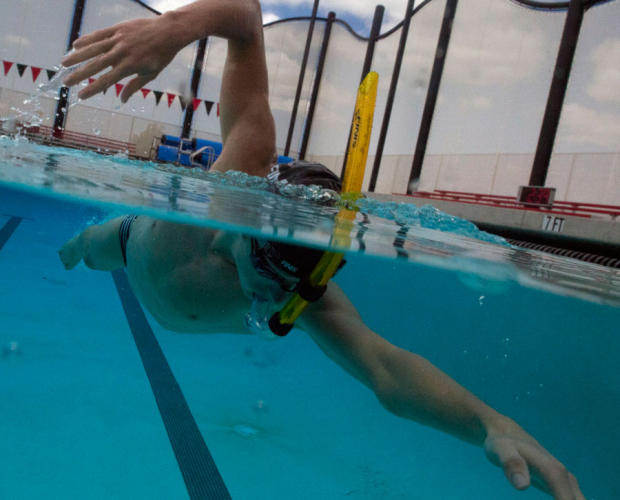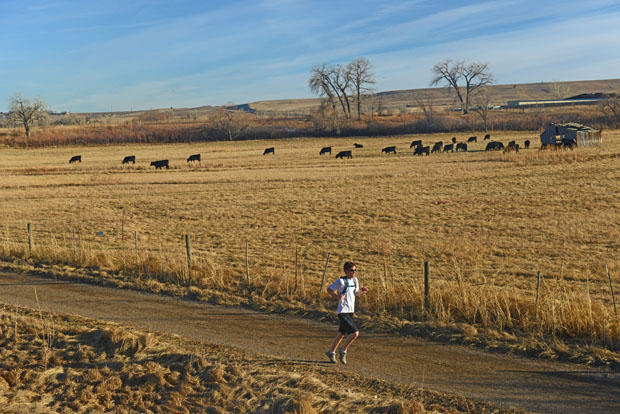Swim Paraphernalia
On our Reader Forum a couple of years ago one of our users wrote, "Pull buoys hide big issues for the vast majority of triathletes.” This sums up the anti-device wing of our readers.
I’m going to make the device argument below, today, for two reasons: our Guppy Challenge will begin on Thursday upcoming, December 1, where we’re going to take a lot of you who are marginal swimmers and make them faster and a lot of you who are pretty good swimmers and make you faster yet.
Second reason: Today is Cyber Monday! There are some deals out there! And may I tell you in advance, for the cynics among you, I’m not getting a vig off of anything I’ll mention here which is probably my bad planning as a publisher but at least you may rest in the knowledge that I’m recommending what I’m recommending for technical rather than financial reasons.
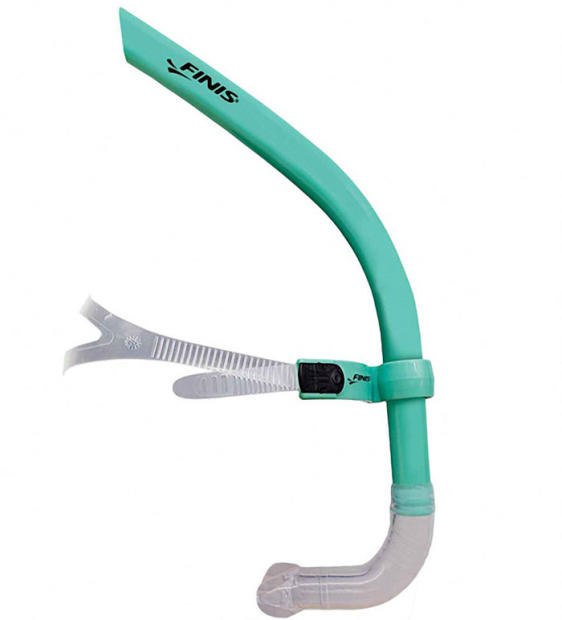
Here’s a “fixed it for you”… "Pull buoys expose big issues for the vast majority of triathletes.” It’s not simply floating your sinking legs. Here’s more on pull buoys in this thread from top swimmer and Slowtwitcher Jonnyo. Triathlon coach Brett Sutton once described you all as “frogs in a blender.” A buoy exposes the wriggly path many of you take even when swimming in a straight line. Pull buoys are one way to expose this.
This underscores a basic tenet of how I think things ought to be taught: Show somebody how it ought to be done. Let him or her experience how it ought to feel. What it ought to look like. Give someone the ability to do it right, to feel the sensation of how it’s done right, even if doing so requires an implement. One hopes that when the implement is removed the sensation is “sticky,” and the pupil endeavors to recreate what the implement artificially provided if only for a short period.
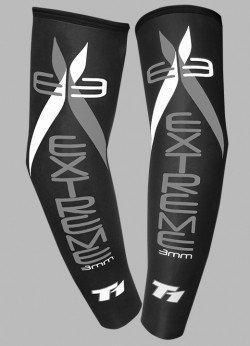
Extreme Sleeves are on sale from De Soto right now and as I understand it it’s 40 percent below the already on-sale price. I LOVE this under-appreciated product. This is exactly what I mean by experiencing how it ought to feel. After the catch, during the “extend” or “glide” or whatever you want to call that phase immediately prior to commencing the pull, the proper position of your entire arm – upper and lower – is straight in front of you, parallel to the surface of the water, Superman-style, arm just below the surface. This is very hard to achieve! Unless you practice it. It's very hard for swimmers to know what it feels like and when they are doing it right. One of the reasons wetsuits help poor swimmers more than they help good swimmers is that full-sleeved wetsuits float your arms during the extend phase. This product does that, and only that.
These sleeves are a device, a tool, a crutch, an appliance – choose your term of affection or derision – that artificially demonstrates to you what your arms should be doing. If you only use these during (let us say) your swim warm-up then when you pull them off your brain will tell you that there’s something wrong, that your arms are drifting down after the catch. It’s up to you whether to listen to your brain and make the correction. If you go through this process often enough eventually your arms will get the message.
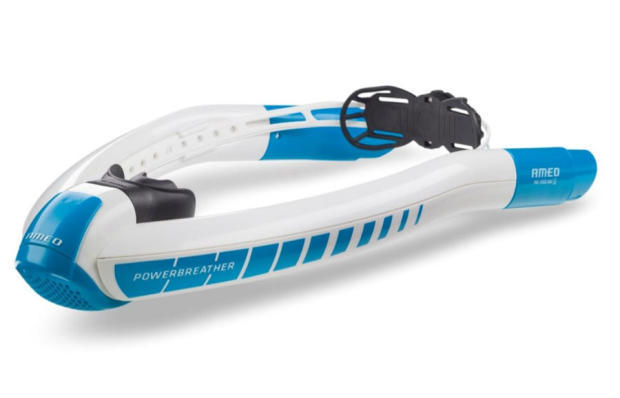
During Interbike two months ago I swam at a pool in Henderson, just outside of Las Vegas. I swam next to a team workout which I assume (but do not know for certain) was the Boulder City Henderson Heatwave. What I noticed: every swimmer used, during a particular set, a center-mount snorkel. There were a lot of kids in that pool who, I promise you, will outswim me along with the great majority of those reading. This is a conundrum: Why do all swimmers on a large number of swim teams from youth to elite use center snorkels religiously, every workout, while (at last count) a whopping 3 percent of Slowtwitchers use a center-mount snorkel?
These are commonly known as center- or center-mount snorkels, but I’ve taken to calling these symmetric snorkels because as you see the Powerbreather has “dual exhausts” that come out on each side. Jan Frodeno uses this (pictured just above), and the people who sell this were at the Hawaiian Ironman and report to me they sold about 60 of these at the expo. Don’t want to spend $100 or more? Fine, the Finis , in the pic highest above, will set you back $18.
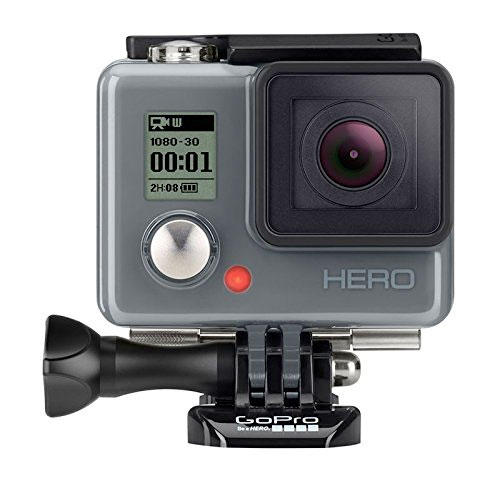
Here you go, action cams down to $29. The tripod will cost you more than the camera. Considering all those “critique my fit” threads on our Reader Forum, how about a “critique my stroke” thread? Video or it didn’t happen. This GoPro Hero is on sale for $129.
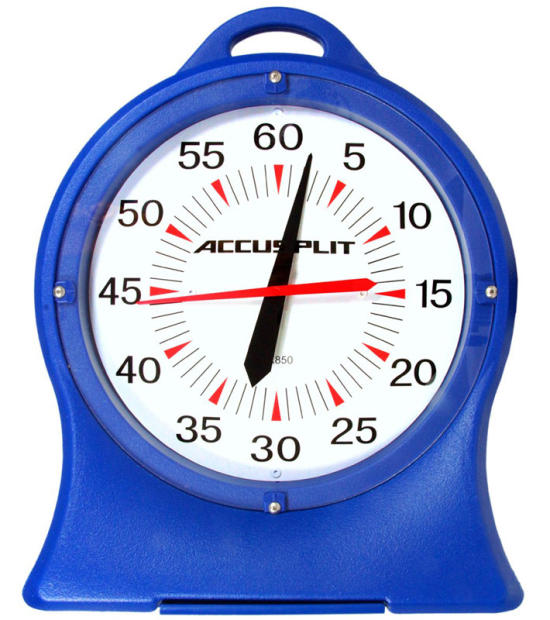
You can’t get faster unless you have a way to measure and track success. Does your pool have a clock? If not, you need a clock. Or a watch. Clock is better. I found this portable Accusplit for $95 from Swim Outlet and $77 from Walmart (Swim Outlet matches prices).
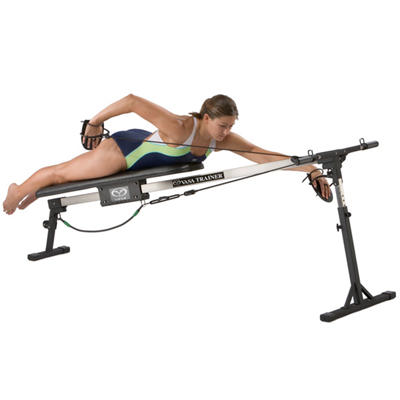
A VASA swim trainer is not necessary to become a faster swimmer. But I use mine (I have a VASA Ergometer), especially to tide me over from swim to swim if the pool closes for holidays or maintenance, or if I’m engaged in training that precludes me from doing my normal number of swim sessions. The cheap man’s version are hand paddles, surgical tubing and a door knob strongly attached to the door!
Speaking of hand paddles, I haven’t mentioned them. I love paddles. Anything you do to simulate good body position along with an optimized pull, that’s a good thing. Paddles might help with the latter, but which paddle not only is a strength, but a technique training, device? There are several paddles that coax “early vertical forearm” or “high elbow anchor” (two terms saying the same thing). I don’t know which yet I like better so I’m not recommending any yet.
To recap, if you wanted or needed and did not have a device to: time your swim; record your technique; keep your muscles fit on dry land; allow you to breathe with your face in the water while swimming; help simulate forearms high and parallel to the water during the extend phase; I believe you could do it all for around $300 or less if you wanted to do it all on the cheap (assuming you have at least a sports watch).
Cords and paddles: $50
Symmetric snorkel: $20
Action cam w/tripod: $200
Extreme Sleeves: $30
You don’t need any of these, except a timing device, for the upcoming Guppy Challenge. Just, don’t cheap out on me. Swimming faster truly is free speed (it’s the only one of triathlon’s activities where going faster can cost you less rather than more metabolically). The above are cheap pathways to free speed.



